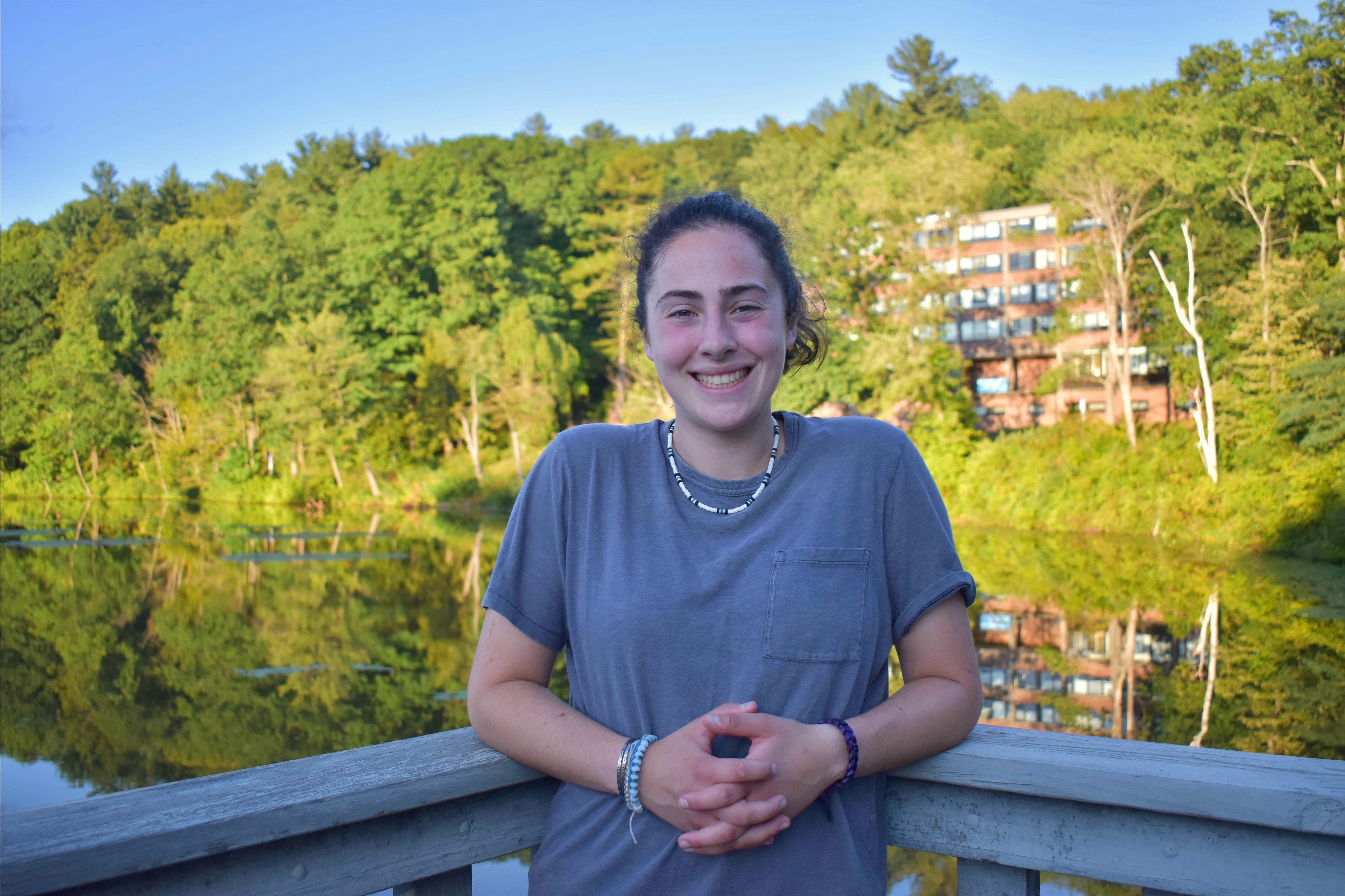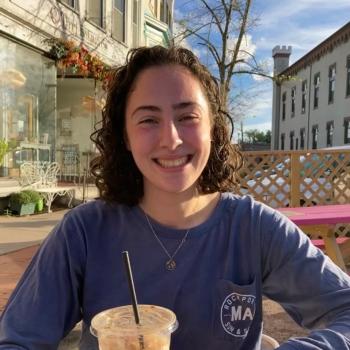Creating Healthier Spaces: Shifting Practices and Policies
Across the skywalk hanging parallel to the busy street of Penn Avenue, the  colorful and massive Children’s Hospital of Pittsburgh buzzes with the sound and movement of thousands of children, families, healthcare providers, and other hospital workers. Moving through the bright hallways adorned with murals, rainbows, and cartoon characters, passing the “grape” elevators and animal themed clinics, the place feels full of life, despite the reality that many of the patients here are struggling to stay alive.
colorful and massive Children’s Hospital of Pittsburgh buzzes with the sound and movement of thousands of children, families, healthcare providers, and other hospital workers. Moving through the bright hallways adorned with murals, rainbows, and cartoon characters, passing the “grape” elevators and animal themed clinics, the place feels full of life, despite the reality that many of the patients here are struggling to stay alive.
In the building on the other side of the skywalk, the walls are a neutral yellow and the carpets a dull blue. The hallways all look the same; it would be easy to get off the elevator at the wrong floor and need a minute or two to orient yourself. The Children’s Hospital Division of Community Health, where I serve as the Community Health and Prevention Coordinator, is in a suite on the top floor at the end of a long hall, far away from all noise and people and colors. In many ways, it seems just about the furthest one could get from the animated place across the street.
As is in the name, our division aims to bring health into the community, into the places where people do most of their living, learning, and loving. The ability to be healthy is embedded in schools, in homes, and in the spaces inhabited that are neither home nor school (for children, typically out-of-school time programs), so it is crucial that these spaces are supportive of biopsychosocial development and long-term physical, mental, and emotional health and wellbeing. However, glaring discrepancies in the quantity and quality of resources within the neighborhoods of Pittsburgh and countless cities across the country – a result of years of redlining and systemic racism – make health much more difficult for many populations to attain than others.
I play my part in counteracting these health inequities by collaborating with our various school, out-of-school time, and early childhood partners – discussing their sites’ health and wellness goals, helping them develop action plans for reaching those goals, and providing technical assistance as they complete a health practices site assessment. I then connect partners with tailored resources to support child, family, and staff health and wellbeing, which often involves delivering health and wellness education sessions and connecting sites with community organizations that can provide specialized support and guidance.
In our small, quiet suite with our muted colors, our work is not ultra-flashy, nor is it often very loud or what is typically considered “healthcare.” It is work that moves slowly and builds over time, bit by bit moving towards systems that are healthier, safer, and kinder for kids to grow up and thrive in. It is my belief that the goal of “healthcare” should not solely be to improve the care received within the four walls of a hospital, but to reduce the likelihood any one person will enter that hospital in the first place.
To do that, we must take a closer look at the environments our children and their families exist in and shift the practices and policies within those spaces to generate stronger and healthier communities. We must acknowledge just how much life is spent outside of hospital and clinic walls and deliberately center our work around that reality.
Host Site
Pittsburgh, PA 15224
Pittsburgh, PA 15224
